Rome was famously founded on seven hills. Just outside the boundary of the most ancient incarnation of the city, beyond these hills, my geological map of the city shows a curious area of cross-hatching. A hill made not of the volcanic detritus of the seven, but of junk: a by-product of the human activity of Rome’s ancient past. This is the Monte Testaccio, or the Monte dei Cocci. Its names come respectively from “testae”, the Latin name for the pottery shards which make it up, and “cocci” the modern Roman term for the same.
By the first century, Rome had a population of over a million people. With this unprecedented population came the same practical concerns of modern cities: water supply, housing, public order, and of course what to do with the rubbish.
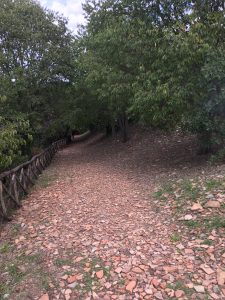
It was at the river port, just below the city proper that imports were unloaded, and that amphorae in their millions were emptied of their wares. One of the major imports was olive oil, largely imported from southern Spain and modern-day Libya. Used not only in cooking, but also as fuel for lamps, and for personal hygiene, it arrived at the metropolis in vast quantities. The terracotta pots in which it was transported were disposable. This ancient landfill site is testament to Roman ingenuity, and to the practicalities which underpinned the much celebrated grandeur of the Imperial city. They had rubbish to dispose of too.
Like so much else, the area which had once had been so central to the city’s digestive system would be abandoned after the collapse of Empire. It would, once again, become essential to the city after the Unification of Italy in the late 19th century. Rome eventually fell from papal control and was decreed capital of the new Italian nation. The new capital was a blank drawing board upon which to create a modern city, liberated from the shackles of its own ancien régime. Boulevards were cut through the higgledy-piggledy tangle of ancient, medieval, and Renaissance streets.
Cutting edge technology was embraced, and along the river south of the city centre, where the ancient port had once been, were built a electric power station, a gasworks, and, at the foot of the ancient rubbish dump, a state-of-the-art abattoir.
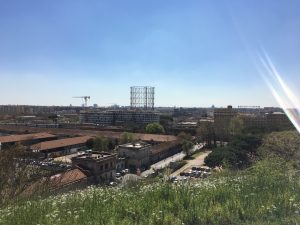
Testaccio would once again feed the city. The abattoir moved to new premises in the 1970s, but the area has firmly remained at the heart of Roman cuisine, especially the quinto quarto, the “fifth quarter”, so beautifully described by Rachel Roddy in her award winning book Five Quarters (published in the USA as “My Kitchen in Rome”). Rachel’s perspective on the tour is here (including an excellent recipe).
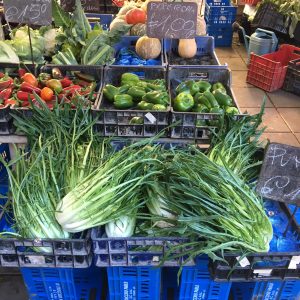
Testaccio is still home to one of the city’s finest food markets and is a fabulous place for us to explore the entrails of the city, both ancient and modern. Rachel and I shall be leading you through the modern market, visiting Rachel’s favourite stalls and learning some technical tricks on taming puntarelle: every Roman’s favourite winter salad.
We shall discuss the area’s social and culinary history, and nibble on fried goodies with a glass of something fizzy before a wander through the former (cleaned up!) abattoir. We also have specially arranged access to the usually closed Monte Testaccio where we shall crunch our way over the pots for a unique view of the city and a chat about the numbers and types of pots beneath our feet, and why they had to be thrown away. Appetites suitably sharpened, we will repair to a small trattoria off the usual food tour route for a festive lunch with a specially chosen winter menù, including (of course!) those puntarelle. Much chatter and wine guaranteed. The day will begin at 10.30am and lunch will conclude at about 3.30pm. Total cost, including all food and wine: 100 euros. Book here
Dietary restrictions can of course be accommodated, please mention details when booking.
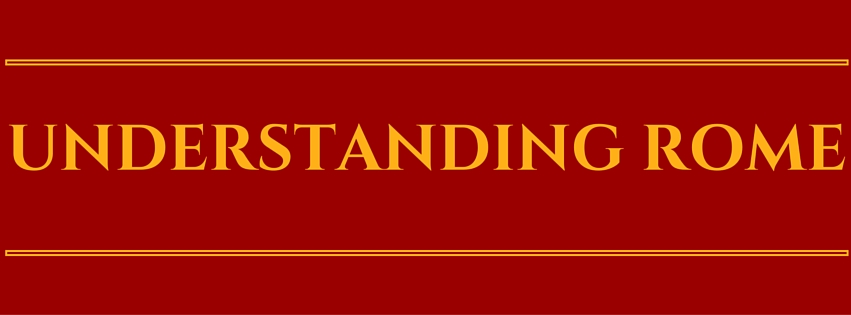
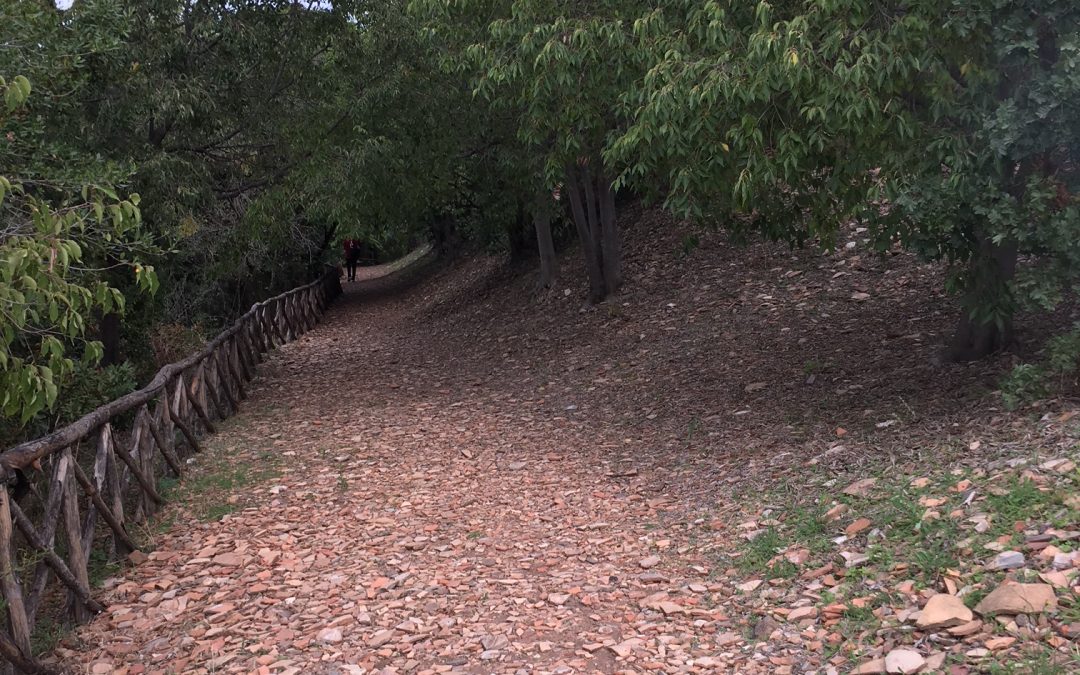
Recent Comments